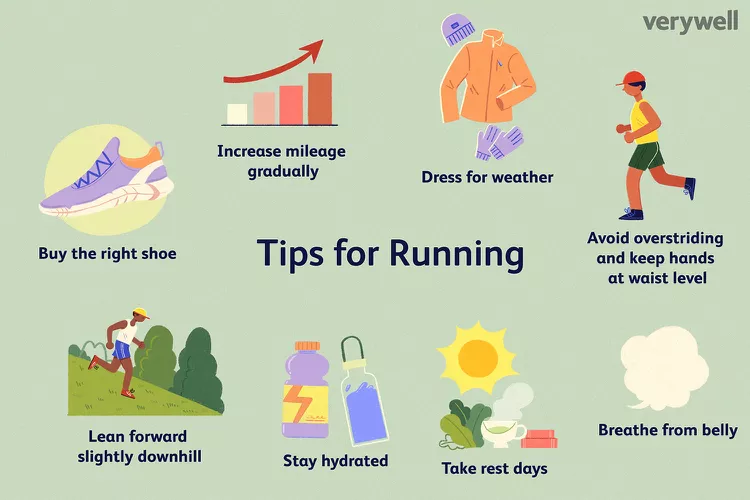Everyone makes blunders while running during training and competitions. This is common in cases where you are just starting out with running. As these running mistakes can lead to serious injuries and other running problems, it’s important to know what they are and how you can fix them.
1. Wearing the Wrong Shoes
The Issue: The most common mistake made by runners is to opt for the wrong running shoe. Wearing old running shoes or wearing the wrong type of running shoes for your foot type and running style can lead to serious running injuries.
The solution: Visit a running specialty store, where knowledgeable salespeople can evaluate your running style and foot type. It will allow them to determine whether you’re an over-pronator, under-pronator, or neutral runner, and they will make shoe recommendations accordingly.
Once you get the right pair of running shoes for yourself, make sure you replace them every 300 to 350 miles, because the loss of cushioning can lead to injuries. About halfway through the life of your shoes, you might want to buy another pair to rotate into your runs.
2. Over striding
The Issue: Landing heel first with your foot much in advance of your body’s center of gravity, or over striding, is one of the most frequent running form faults that can lead to serious injuries.
Some runners assume that a longer stride will improve their speed or running efficiency, but that’s not the case. Over striding wastes energy since it means you’re breaking with each foot strike. It could also lead to injuries such as shin splints.
The solution: Make sure that you don’t lunge forward with your feet. This is imperative in a case where you are running downhill. With each step, keep your attention on bringing your foot directly underneath your body at the midsole. A short, low-arm swing is the key to keeping your stride short and close to the ground. Try to keep your steps light and rapid.
3. Having a Bad Upper Body Form
The issue: Some runners swing their arms side to side, which increases the likelihood that they will stoop and breathe less effectively. Some beginners have a tendency to hold their hands quite close to their chest, especially as they get tired. By holding your arms in that position, you’ll actually become more exhausted and start to experience tightness and stress in your shoulders and neck.
The solution: Try to keep your hands at waist level, right about where they might lightly brush your hip. Your arms should be at a 90-degree angle, with your elbows at your sides. You should rotate your arms at the shoulder (not at the elbow), so they’re swinging back and forth.
Imagine a vertical line splitting your body in half your hands should not cross it. Maintain an upright, straight posture. Your head should be up, your back straight, and your shoulders should be leveled. At the end of your run, it’s common to slump over a little out of fatigue, which can cause pain in the neck, shoulders, and lower back. Poke your chest out whenever you notice yourself slouching.
4. Putting In Too Much, Too Soon
The Issue: Many runners, especially people who are new to running, make the “terrible too’s” mistake. They get so fired up and enthused about their running that they put in excessive mileage, too fast, too soon. Without taking any time off to relax and recover, they begin signing up for more races.
They mistakenly think that “more is better” when it comes to running. As a result, individuals frequently begin to experience common overuse running injuries like shin splints, runner’s knee, or ITB syndrome. In some cases, they may get burned out quickly and lose interest in running.
The solution: Be more cautious than you believe you should be when it comes to how frequently, for how long, and how much you run, especially at the beginning of your training. Gradually increase your mileage, by not more than 10% weekly. If you’re new to running or are coming off a long break, start with walking first, and then progress into a run/walk program.
5. Over-Training
The issue: Some runners who are preparing for certain events or goals go too hard, log too many miles, and don’t give their bodies enough time to recover. They believe that daily running will improve their fitness and speed. They assume that running every day will help them to get fitter faster. Overtraining is the leading cause of injury and burnout for runners.
The solution: It’s crucial to incorporate rest and recovery time into your training in order to prevent overtraining.
- Gradually increase the mileage.
- Reduce your mileage by 50% every fourth week to give yourself periodic “rest weeks.”
- Take a day off after a challenging run. For your recovery and performance.
- Add some cross-training activities to your schedule.Doing activities other than running prevents boredom, works different muscles, and can give your running muscles and joints a break.

